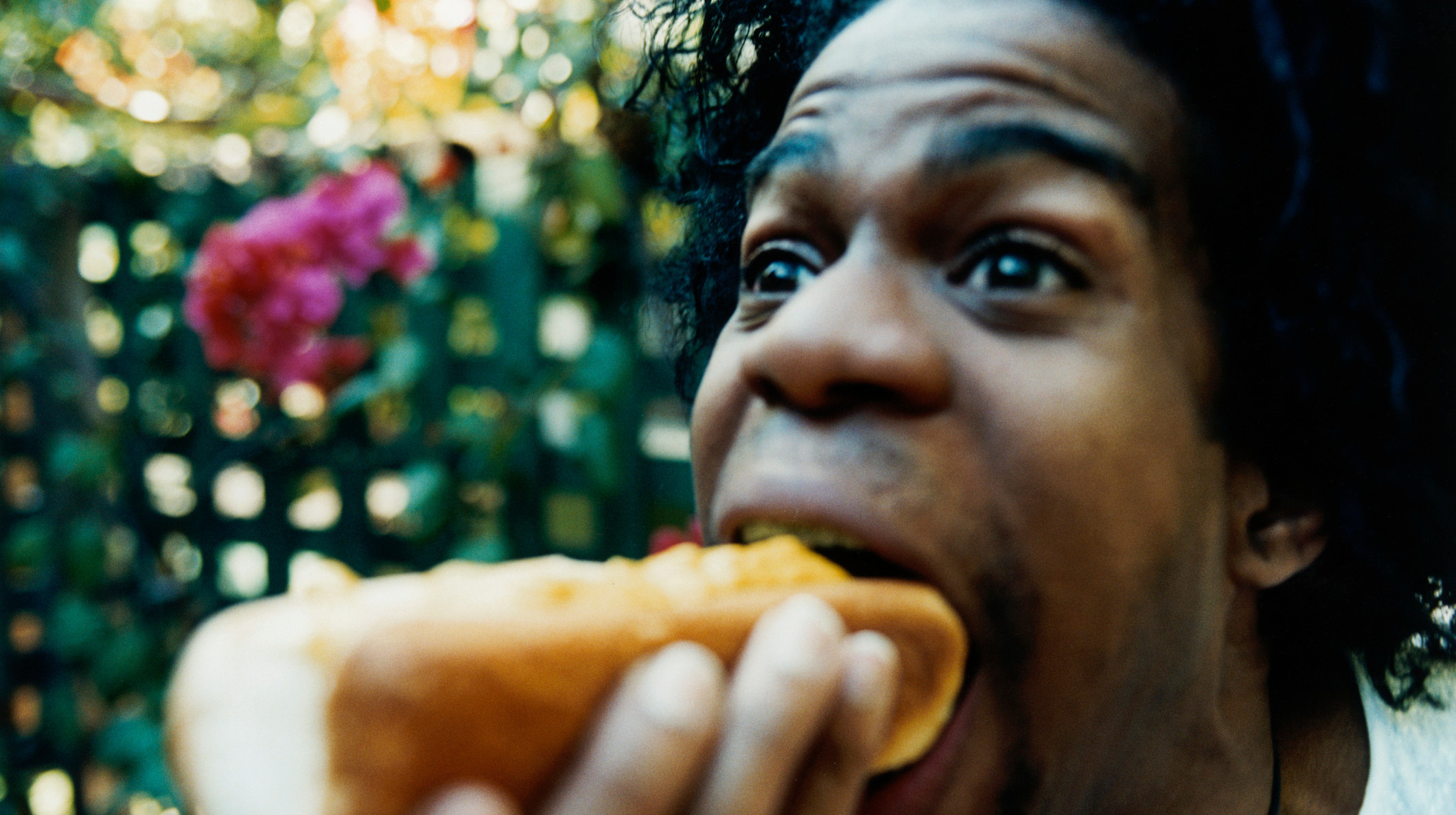In The Age Of COVID, The Hot Dog Has Risen Again
Since March, when COVID-19 lockdowns began, Americans have, on their masked trips to the grocery store, been purchasing more of what can be classified as "comfort food." Hot dog sales, for instance, rose by 120% in March. Some statistics-watchers interpreted this as a yearning to return to a simpler time when everyone could go outside and mingle—like childhood, or a summer afternoon at the ballpark.
But Kate Taylor over at Business Insider offers another interpretation, one that is less romanticized, but probably more accurate: People are buying hot dogs because they are cheap (because they saw their working hours cut or lost their jobs altogether and because the price of meat went way up), because they are easy to cook (because kids are home, too, and need to be fed), and because they last a long time (because back in March, no one was sure when they'd be able to get to the store again, and when they did, they weren't sure what would be available). It's not so much comfort as a survival tactic.
Taylor also points out that unlike a lot of "deals," such as small packages of cookies that actually cost more per cookie than the full-sized packs, hot dogs and other similar comfort foods really are as cheap as they seem.
Meanwhile in India, production and sales of Parle-G biscuits, the country's most popular cookie, have mirrored the phases of the COVID lockdown. Over at The Atlantic, Alia Allana talks to a wide range of people, ranging from the workers at the factory just outside New Delhi who churned out 25 tons of biscuits in the four hours between when lockdown was announced and when it actually began, shopkeepers who were unable to replenish their stock, and a migrant family who spent their last few rupees on packets of Parle-G before beginning a 600-mile trek back to their home village. It's a fascinating prism through which to view the pandemic.
